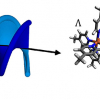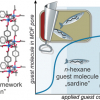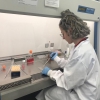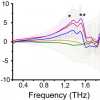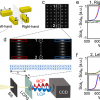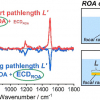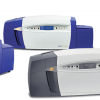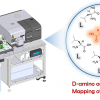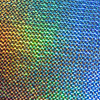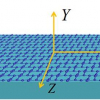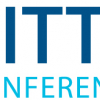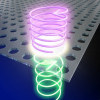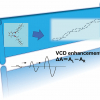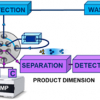Polarimetry News
New design has exhibited practical potential for the construction of ultra-compact multispectral and polarised imaging devices without the need of a multi-pass design using complicated spectral filters or mechanically moving parts.
Researchers at the Fritz Haber Institute have integrated one of the new chiral optical methods with the study of gas-phase anions, which enable mass-selection and the use of a simple table-top laser for observation of the chiral effect.
Using a new method, helical dichroism in the X-ray domain, scientists are better able to distinguish between chiral substances.
The Gordon F. Kirkbright and Edward Steers awards are seeking nominations.
A spectrometer is being used to measure the MOF and guest molecule absorbance of two differently polarised types of infrared light, enabling the first measurement of both guest–guest and guest–host interactions in real-time.
As an industry partner, HORIBA will co-create, support and mentor a four-year research project to explore how spectroscopy can help drive new methods of cell screening and disease diagnosis based on animal-free research.
Terahertz circular dichroism may be able to monitor chirality of pharmaceuticals and provide new information on biomolecules’ chirality.
A new CD spectrometer can measure single nanostructures and also be used for weak signal measurements, such as polarised luminescence or Raman scatterings.
BrightSpec has announced the start of operation of a broadband Molecular Rotational Resonance spectrometer at BASF’s research centre in Ludwigshafen, Germany.
It has now been discovered that care should be taken using Raman spectroscopy to analyse certain chiral molecules. A study shows that interference with circularly polarised light can falsify results.
Applied Photosphysics was founded from research by George Porter on uses of lasers for laser flash photolysis analysis of fast reactions in 1971.
Scientists at have Ehime University have developed a multidimensional vibrational circular dichroism system using a quantum cascade laser.
Curling wands and flat irons can damage the keratin proteins that make up about 85% of our hair, now the process can be observed as it happens with synchrotron vacuum-UV radiation.
Strong investment in photonics will help us fight infectious diseases that kill an unimaginable number of people and prepare us against future pandemics, says Dr Jürgen Popp of the Leibniz Center for Photonics in Infection Research (LPI) that is currently under construction in Jena.
New research reveals that applying a magnetic field to a chiral metamaterial can change the way it polarises light.
A simple way to make circular polarised VUV light has been developed by scientists at the University of Tokyo.
Vibrational circular dichroism spectroscopy has been applied the VCD method to supramolecular systems.
A new research project in partnership between academia, companies and the Netherlands Forensic Institute to develop ways to chain analytical techniques together to gain complementary information.
A team of researchers led by the Max Born Institute has provided the experimental and theoretical groundwork to interpret X-ray magnetic circular dichroism spectroscopic signals from magnetic materials.



